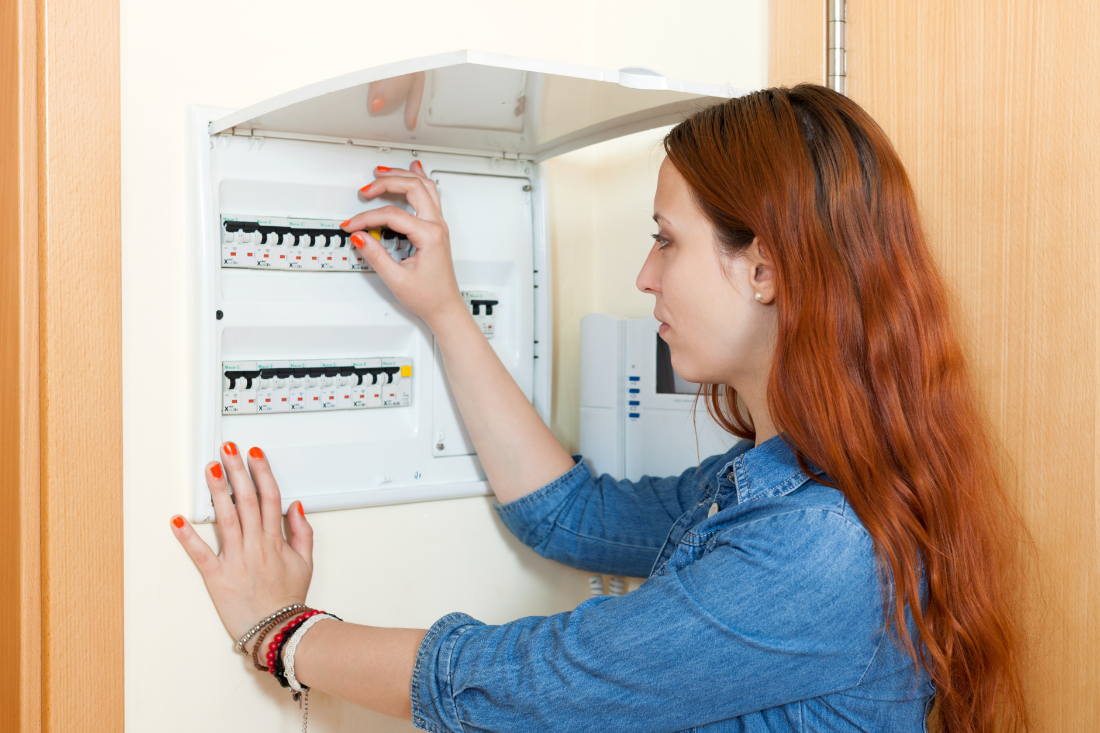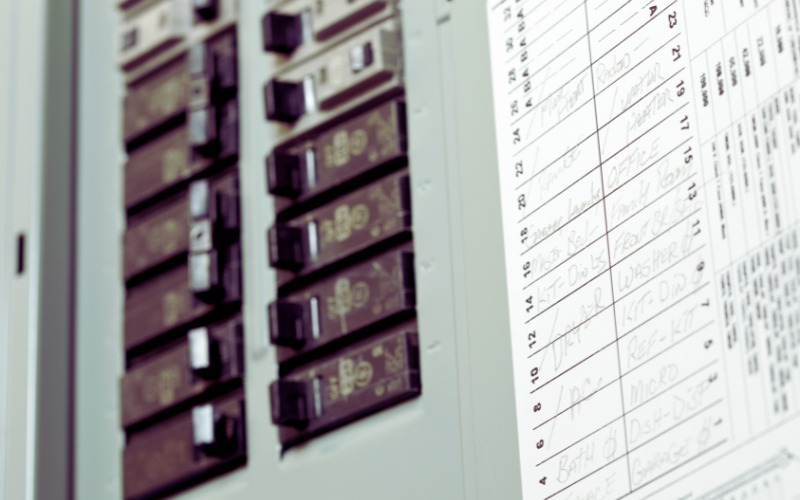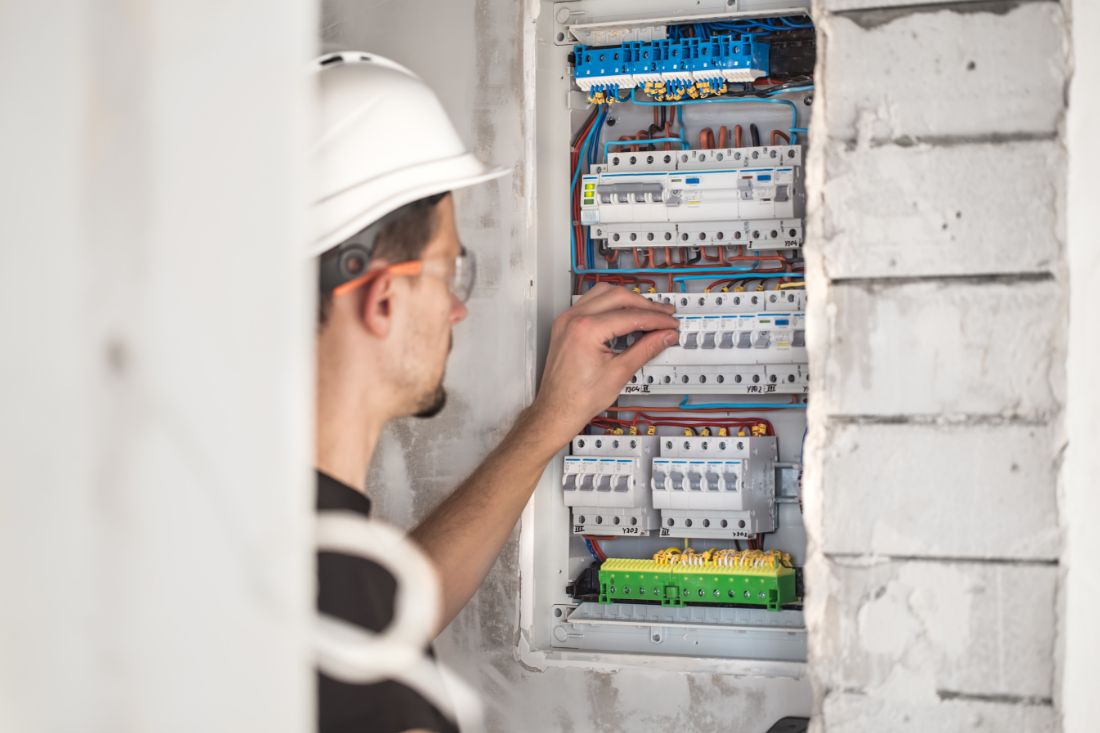Why Does My Breaker Keep Tripping?

If you're a homeowner, then you may know that there are few experiences that are more frustrating than a circuit breaker that keeps tripping. A tripping breaker can repeatedly cut off electricity to parts of your home, dramatically disrupting your day-to-day life.
If you've had this problem, or you're dealing with it currently, you understand how important it is to solve it as soon as possible. The first step toward solving that problem is to know why your breaker keeps tripping in the first place.
The Role of a Circuit Breaker
Before we delve into the reasons why your breaker is tripping, let's do a brief overview of what a circuit breaker is and why they are essential to the safety and function of your home. A circuit breaker is a switch that automatically cuts off the flow of electricity in your home to protect your electrical system.
When working properly, circuit breakers are an essential safety component of your home. This part of your system responds to problems such as overloads and short circuits and prevents them from causing excessive damage.
Without a circuit breaker, your home would be at considerable risk any time there's an overload or a similar problem with your supply of electricity. However, when breakers trip continuously, you need to take action to understand the reason why and how to solve it.
How to Know Your Circuit Breaker is Tripping
Now that you know what a circuit breaker is and what its primary role is, it's time to learn the main sign that one of yours is tripping. Recognizing these signs will help you detect breaker trips and distinguish them from other electrical problems like complete outages.
The most common sign that you have a tripped breaker is that one area of your home does not have electrical power while the rest of your home has no issues whatsoever. The reason for this is that each building comes with a set of breakers, each of which corresponds to a different area of the home.
You can also confirm a trip by looking directly inside your home's electrical panel. The panel houses every circuit breaker switch, each of which has an on and an off position. If you have a localized loss of power and you notice one or a few of your switches are between the on and off positions, that's a good sign you're dealing with a trip.
Still, sometimes, a tripped breaker can be more subtitles. For example, rather than cutting off all electricity to an entire section of your home, a tripped breaker will make a few wall outlets powerless while the rest of your home functions normally.
Reasons Why Your Circuit Breaker is Tripping
The time has come to explore a few of the top reasons why your circuit breaker keeps tripping. Read on through the sections below to learn the most common causes of this frustrating problem.
You Have a Circuit Overload
The most prevalent cause of a tripping circuit breaker is an electrical overload. An overload is precisely what it sounds like. When one occurs, it means that your electrical wiring is carrying more power than it can handle safely.
An overload can cause significant heat that can lead to dangerous electrical fires. Fortunately, a functioning breaker will cut off that overloaded current before it can wreak havoc on your home. Overload can often occur as the result of damaged, loose, or corroded wiring.
You Have a Short Circuit
Another common cause of a tripping circuit breaker is a short circuit. Short-circuiting occurs when an electrical current begins to travel on an unintended path. This occurs most often when an active electrical cable makes contact with a neutral wire.
The result of a short circuit is a sudden higher flow of electricity that can cause extreme heat and fire hazards, much like an overload would. Yet again, a functioning breaker proves to be the ideal way to cut off that excessive amount of electricity before it damages your home.
Your System Has a Ground Fault
A ground fault is another common cause of tipping breakers and is somewhat similar to a short circuit. In both cases, your active wires are contacting something they should not touch. In this case, ground faults occur when an active wire touches any grounded part of the electrical system, such as a ground wire or a metal electrical box.
When a ground fault occurs, the amount of electrical flow will steadily increase. As was the case with overloads and short circuits, this gradual increase in energy poses a risk to your home that a tripping breaker can prevent.
Your Circuit Breaker is Old
Our final reason that your circuit breaker continues to trip is one of the most simple. As is true regarding every other feature of your home, circuit breakers have a natural lifespan.
When your breaker is considerably old and has not been replaced or serviced in a while, it can begin to malfunction. At times, an aging breaker can trip more frequently than one that is newer and functioning at full capacity.
Resetting Your Circuit Breakers
When your circuit breaker trips for the first time, it's generally safe to manually reset it. The best approach is to unplug any major appliances first before opening the electrical panel. Once major devices are unplugged, you can open your panel and look for switches that are in the off position or between the on and off position.
In many cases, restoring your power is as simple as switching your breaker back to the on position. As you do this, ensure the entire area is dry, and you are not touching anything that carries an electrical current.
While flipping the switch is often enough to restore power, if your breaker tips continuously, you should not repeatedly flip the switch. Doing so puts you at risk of an electrical fire. The best approach is to contact a professional in your area to assess the situation and resolve it safely.
Get Assistance with Your Circuit Breaker and Any Other Electrical Needs
Are you struggling with a circuit breaker that continues to trip? If so, it's often wisest to contact a skilled electrician in your area. For anyone in and around Morgantown, West Virginia, the best team you can choose is NS Electric. Contact us today to learn more about how we can serve all your electrical needs.
Ready to work with NS Electric?
Let's connect! We’re here to help.
Send us a message and we’ll be in touch.
Or give us a call today at 111-222-3333








